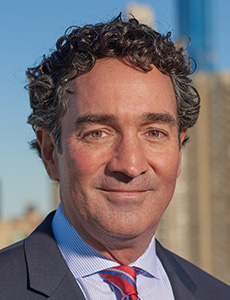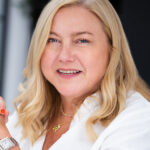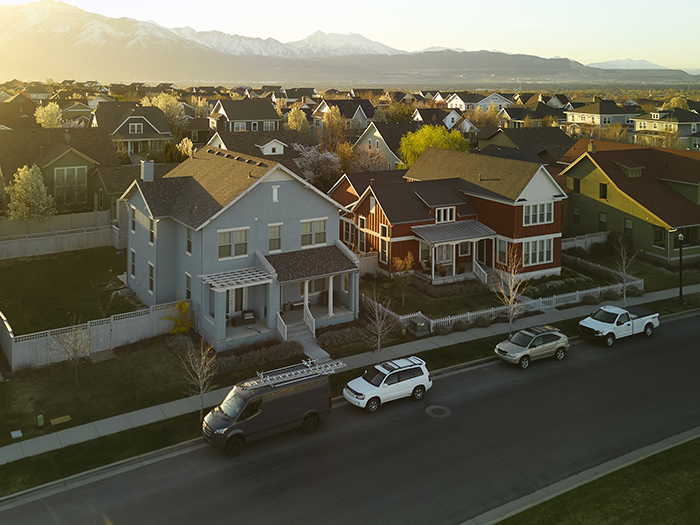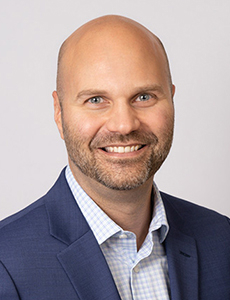Is Your General Liability Loss History Well-Documented Enough to Help You Survive the Hard Market?

The general liability market is in a tough place right now.
Social inflation caused by a rise in lawsuits brought against businesses and disproportionate nuclear jury verdicts have forced insurers to stump up multi-million dollar settlements.
This increased litigation, which has resulted in a 20% uptick in frequency of punitive awards over the last five years, is being driven by a combination of liberal class action certifications, highly-organized plaintiffs’ bars financed by third-party capital, and anti-corporate sentiment among many jurors.
These soaring costs have been passed on to their insureds in the form of double- and in some cases triple-digit premium increases, starting in April 2019 and peaking in Q3 last year.
Capacity has dried up too: From its peak of more than $200 billion in 2018, it has shrunk to between $1.3 billion to $1.4 billion today, with many carriers pulling out, thus reducing competition and pushing prices up further. The zero-interest rate environment has put further pressure on insurers to fund claims and turn an underwriting profit.
It has also had a knock-on effect on reinsurance, resulting in higher costs and the tightening of policy terms and conditions. The COVID-19 pandemic has only exacerbated the problem, adding to the uncertainty over where new claims could arise and how terms and exclusions may be interpreted.
“It used to be the case that you would give your actuary a book of business and ask them what losses you could expect, and you would get a reasonably accurate answer,” said Andre Eichenholtz, executive vice president, diligence and portfolio solutions practice leader at CAC Specialty.
“But now because of these nuclear verdicts, underwriters are either refusing to write the business or increasing their rates beyond recognition.”

Andre Eichenholtz, executive vice president, diligence and portfolio solutions practice leader, CAC Specialty
Because of these unfavorable claims trends driven by social inflation and factors such as third-party litigation financing, A.M. Best has assigned a negative outlook for the general liability sector. It has also cited the potential impact of COVID-19 on growth opportunities.
“Insurance carriers have had profitability issues in general liability lines for several years now,” said Willis Towers Watson’s head of casualty broking Jon Drummond. “They stem from an increase in large loss activity: Historically, a $100 million claim was a once in a decade type event in the 1990s but now it’s commonplace.”
So what can companies do to mitigate against the risk? And how can they ensure they have the right coverage in place?
Differentiating the Risk
Insureds need to work closely with their broker to present risk as accurately and transparently as possible to the underwriter, said Marsh’s U.S. casualty practice leader Dan Aronson. That means showing how their exposure differs markedly from other common risks in the industry and what they have done to mitigate against it, he said.
“Working with their broker, clients need to be able to differentiate their risk from the masses,” said Aronson. “It requires breaking down their exposure and identifying how it might be mitigated based on their own particular set of circumstances.”
Being able to demonstrate a favorable loss history and control is key, too, said Eichenholtz. Firms also need to anticipate any concerns underwriters may have and be able to address them, he said.
“Having a strong safety procedure in place to mitigate claims before they happen and showing the carrier that you are doing everything you can to prevent them will stand you in good stead,” said Eichenholtz.
“Fail to do so and you are left to the whims of the market.”
Allianz Global Corporate & Specialty’s global head of liability Ciara Brady said: “The best way to manage a claim is to avoid a claim — via risk management and mitigation. Companies need to take risk management seriously, understand what types of risk they run, train staff and plan to reduce this as much as possible.”
Insureds need to be aware of duty of care expectations by juries as well, said David Perez, chief underwriting officer, Global Risk Solutions at Liberty Mutual. They must also educate staff on safety protocols to ensure adhere to these standards, he said.
“Insureds need to understand the wider implications of jury verdicts as well as proactive mitigation methods available in their industry and integrate them within their program,” said Perez. “They should also have the necessary employee safety training in place, particularly in areas which are more volatile or potentially dangerous.”
Forging New Partnerships
In the current hard market firms are more likely to get better rates and terms with their incumbent, but that shouldn’t deter them from shopping around. By exploring relationships with new providers, they can also position themselves to take advantage of more favorable rates when the soft market and capacity returns.

David Perez, chief underwriting officer, Global Risk Solutions, Liberty Mutual Insurance
Captives and alternative risk financing solutions are another way for companies to secure the general liability coverage they need at an affordable price, said Deyna Feng, director, captives programs at Cummins Inc., who presented on the subject at RIMS Live 2021 in April 2021. Cummins has been using captives to insure its risk since 2011, she said.
“We have used our captive to great effect in the general liability space,” said Feng. “Whether it’s to negotiate better coverage or to participate in the different layers, it has proved to be an invaluable risk financing tool for us over the last decade.”
As an industry, Drummond said that in order to combat the rising claims, insurers and brokers and their defense attorneys need to have better access to and share information more readily about the plaintiff’s attorney. That includes their tactics and the way they present cases, he said.
“We are up against a highly-organized plaintiff’s bar that shares all manner of data and tactics,” said Drummond.
“Therefore, we need to find a way to more effectively share information in order to control these runaway costs we are incurring.”
Donnacha Smyth, president, global excess casualty at AXA XL, said: “Companies must work with their brokers and insurance company to assess their exposures and the current litigation environment in geographies in which they operate. Also, if you have invested in technology to promote safety, ensure you have used it, acted upon the data to improve a working environment, be that in a manufacturing location or in a cab of a truck.
“Failing to act on information to change and improve a behavior will be used against you every time.”
Having a robust environmental, social and corporate governance policy in place also helps, said John Sakakeeny, head of general liability product, middle and large commercial at The Hartford. That means companies interrogating their marketing and social media strategies, focusing primarily on how it’s viewed in terms of public sentiment and their own reputation, he said.
“Good corporate governance classically starts from the top-down, with documented policies and procedures — like a quality management program for products and services, an active shooter plan, or contractual risk transfer standards — established at the core of a company,” said Sakakeeny.
“For a defendant in a lawsuit, being a good actor in the community and having formal policies and procedures in place will go a long way in establishing that the duty of care was being followed faithfully.”
A Risk Manager’s Perspective
Amsted Industries has been hit with double digit premium increases in some of its product and general liability lines in the last year.
The global manufacturer, which produces components for rail cars, large commercial trucks, OEMs and in the passenger auto space, as well as making evaporative cooling towers, has faced a tough recent couple of renewals, with rates going up considerably.
Dave Brower, director, enterprise risk management at Amsted, said that despite the rises, the company has stuck with its incumbent insurer. By building a longstanding relationship, it has been able to better manage costs, he said.
“One of the key ways we have tried to keep rates in check and make sure that we get the best coverage available at the best price is by maintaining a close relationship with our underwriters,” said Brower. “We want to be able to tell our story because we believe that we have got a very compelling one – we are a well run company with a great loss history.”
To mitigate against the risk, Amsted focuses on ensuring its products are of the highest quality with no defects, said Brower. That is borne out by the caliber of personnel who manufacture the products too, he said.
“On top of this, at renewal, we put together a comprehensive submission that will give the underwriter a complete picture of our business and the risks associated,” said Brower.
“We also go into the market as early as possible and bring the subject matter experts to the table to talk the underwriters through each aspect, whether that be our quality processes, claims or any other area.” &










